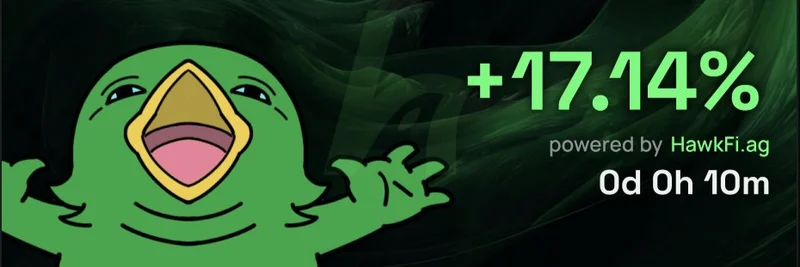In the fast-paced world of crypto, especially with meme tokens popping up left and right, launching a new project without getting wrecked by snipers or unfair dumps is a real challenge. That's where this clever idea from NickPlaysCrypto comes in. He shared a straightforward mechanic on X that could change how tokens hit the market, making things fairer for everyone involved.
The core concept is simple: split the token supply right down the middle. Half goes to the developers, but it's locked away for six months by default. No touching it until then, which means devs can't just dump their bags right after launch and tank the price. The other half? That's handled through a bonding curve. If you're new to this, a bonding curve is basically an automated pricing system where the token's price goes up as more people buy in, and down when they sell. It's like a built-in market maker that ensures liquidity from day one without needing external exchanges immediately.
Nick puts it bluntly: "Boom. Solved launches." And honestly, it does address some big pain points. For meme tokens, which often rely on hype and community buzz, this setup could prevent the classic rug pull scenarios where insiders cash out early. By locking dev supply, it forces the team to stick around and build value, aligning their incentives with holders.
Diving into the thread, the community had some solid feedback. One user pointed out the sniper problem—those bots that buy up huge chunks at launch prices before anyone else can. Nick's quick fix? Launch stealthily. Keep it under the radar until the bonding curve starts doing its thing. Another reply suggested dialing back the dev allocation to 25-35% to avoid side dumps, even referencing projects like $SOLACE where devs sold off despite promises. Nick countered with 30% locked, noting that if the project isn't performing by six months, everyone's probably exiting anyway.
There were skeptics too. Someone compared it to a $PUMP scheme, which is fair—bonding curves can feel like those viral pump-and-dump setups if not handled right. Others worried about snipers still aping in big with 4-5 ETH, or proposed wild ideas like privacy chains where launches are word-of-mouth only, with human verification to block bots.
But overall, this mechanic vibes with the meme token ethos: keep it simple, fair, and community-driven. It's reminiscent of tools like those from Xyberinc, which one commenter shouted out for solving launches. If you're a blockchain practitioner eyeing the next big meme play, mechanics like this could be key to sustainable growth.
What do you think? Could this be the future of token launches, or is there more tweaking needed? Drop your thoughts in the comments below, and stay tuned to Meme Insider for more breakdowns on the latest in crypto innovation.



